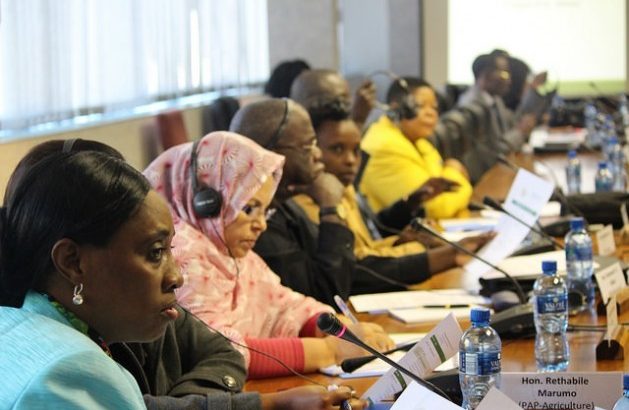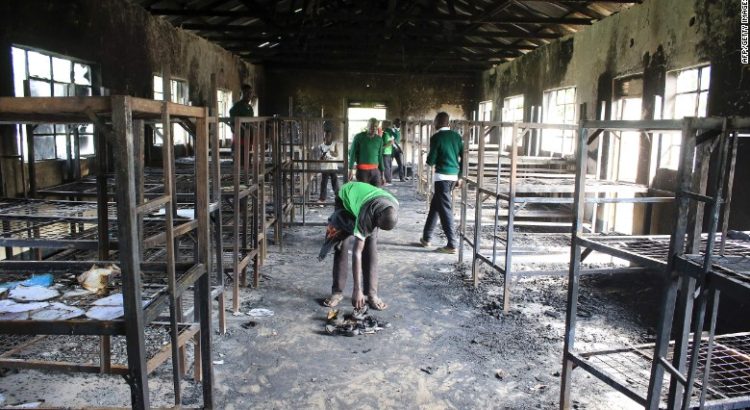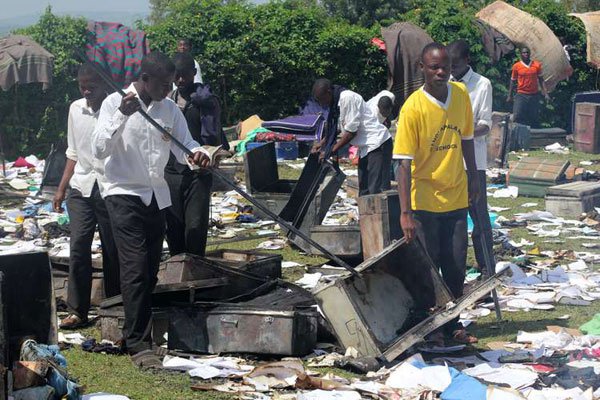Kenia/06 agosto 2016/Fuente: IPS Agencia de Noticias
En Kenia, al igual que en otros lugares, no es nada nuevo cosechar agua de lluvia. Pero en este país caracterizado por el déficit hídrico y donde las dos terceras partes de su territorio son áridas y semiáridas, la búsqueda de una solución duradera a la escasez permitió innovar en esta práctica antiquísima.
El no gubernamental Banco de Agua de África (AWB) se comprometió a suministrar agua potable mediante un método mucho más eficiente.
El eje de la tecnología es cosechar y almacenar grandes cantidades de líquido mediante métodos como una área de recolección mejorada, un sistema de canalones y de almacenamiento, además de filtros, medidores de nivel de agua y aparatos para descargarla.
Un sistema de recolección típico almacena entre 400.000 y 450.000 litros de agua en dos a tres horas de lluvia intensa. Tiene un techo artificial de entre 900 y 1.600 metros cuadrados y tanques de almacenamientos.
El tanque más grande construido en este condado keniata de Narok tiene una capacidad de 600.000 litros. Todas las unidades pueden ampliarse según las necesidades de sus propietarios.
Con ese volumen se cubren las necesidades de una comunidad de unas 400 personas durante unos 24 meses sin lluvias adicionales. Se puede aumentar su capacidad a unos 220.000 litros al año. El sistema es de bajo costo y se mantiene totalmente con insumos locales. También usa capacidades, trabajo, materiales y tecnología locales.
Chip Morgan, director ejecutivo de AWB, explicó que el sistema “equivale a ganar dinero y ahorrarlo en un banco, por eso nos llamamos Banco de Agua”.
El tamaño que se instala en cada hogar depende de sus necesidades, precisó Morgan, quien trabajó durante décadas en cuestiones de desarrollo en su Australia natal, donde la escasez hídrica es un gran desafío para muchas comunidades de las zonas áridas.
AWB trabaja actualmente en este condado de la región del Valle del Rift, habitada principalmente por la comunidad pastoril maasai.
Pero la tecnología también se instaló en los condados semiáridos de Pokot, Machakos, Samburu y Kajiado, en Kenia, así como en el distrito de Chavuma, en Zambia. La mayoría de los clientes son domicilios particulares e instituciones como hospitales y escuelas.
La construcción de los tanques se financia con fondos de las comunidades, donantes e individuos que cubren 50 por ciento del costo antes del inicio de las obras.
Hay una gran demanda, indicó Morgan, pero todavía están en la etapa en que la gente se interioriza de sus enormes beneficios. “Este año estamos totalmente ocupados. Nuestro objetivo es construir 50 unidades al año”, acotó.
Según un informe del Programa de Monitoreo Conjunto de 2012, el acceso seguro a fuentes de agua potable en Kenia es de 59 por ciento, mientras que a sistemas de saneamiento es de 32 por ciento.
La situación puede haber mejorado desde entonces, pero el desafío de facilitar la disponibilidad de agua sigue siendo grande tanto en el campo como en las ciudades.
La falta de sistemas adecuados de agua y saneamiento propicia las enfermedades derivadas de las malas condiciones de higiene en menores de cinco año.
Además, un tanque pequeño permite regar un invernadero de unos 1.300 metros cuadrados y así mejorar la seguridad alimentaria.
Además, las mejores condiciones de agua y saneamiento ayudan a aliviar la carga de trabajo de las mujeres, encargadas de buscarla, lo que les permite dedicar ese tiempo a otras actividades formativas y laborales.
Morgan precisó que emplean trabajadores locales capacitados y no capacitados y continuamente mejoran la formación de sus técnicos. Esto es fundamental porque el surgimiento de los tanques de plástico eliminó la demanda de obreros, con lo que disminuyó el número de especialistas en la materia.
Los tanques de material pueden durar toda la vida, arguyó.
AWB cuenta con dos ingenieros que forman técnicos que vienen del extranjero a capacitarse. Cuatro organizaciones de Uganda aprovecharon su programa de transferencia de capacidades y enviaron a sus empleados a formarse en la tecnología de acopio de agua de lluvia.
Fuente: http://www.ipsnoticias.net/2016/08/el-acopio-masivo-de-agua-de-lluvia-alivia-la-escasez-en-kenia/














 Users Today : 12
Users Today : 12 Total Users : 35460673
Total Users : 35460673 Views Today : 34
Views Today : 34 Total views : 3419779
Total views : 3419779